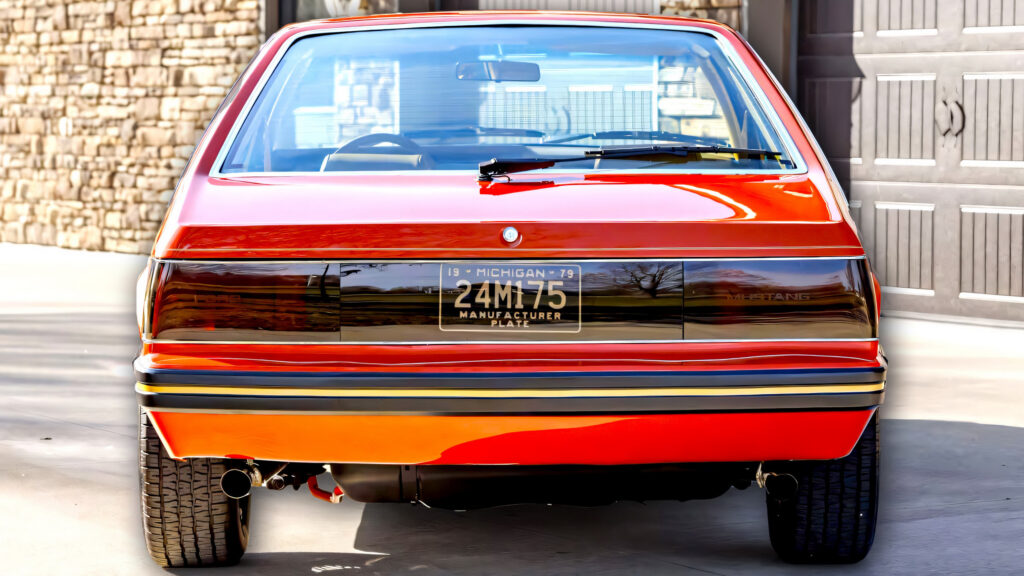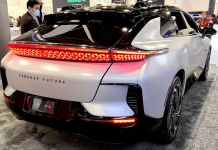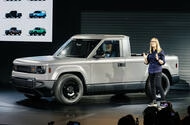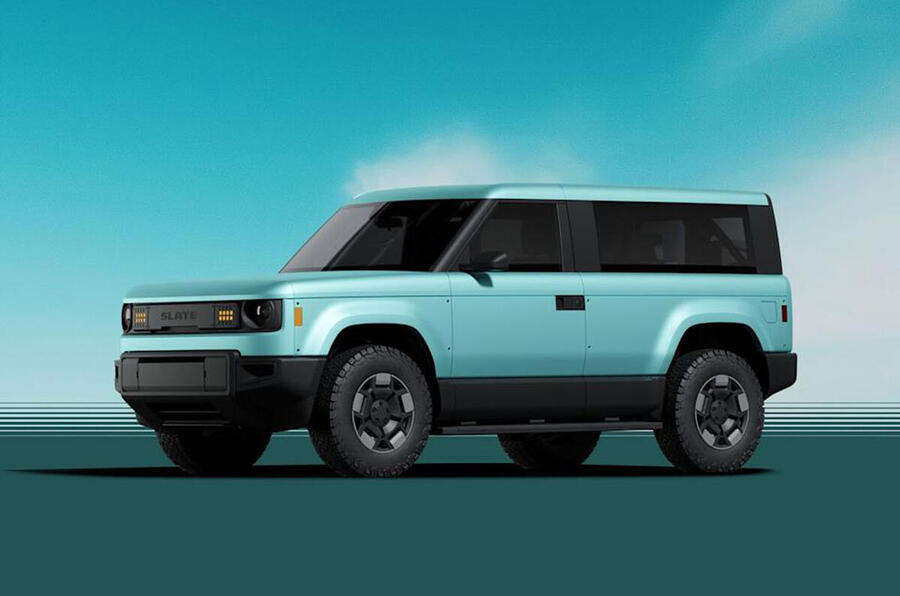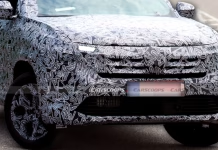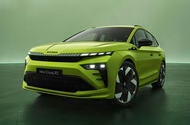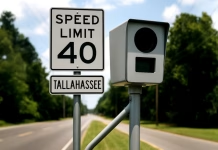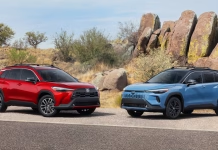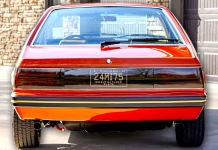Discover the Ultimate Large SUVs: Luxury, Space, and Versatility Redefined
 From vast seven-seaters, to off-roading going workhorses. These are our favourite large SUVs
From vast seven-seaters, to off-roading going workhorses. These are our favourite large SUVs
The very best large SUVs go beyond your common-or-garden sports utility vehicles.
Not only do they major on spaciousness, practicality and versatility, but they deliver a luxury air to their persona that makes them that bit more appealing in the broader SUV landscape.
To the dismay of many, gone are the days when drivers called upon an estate car or even a big saloon car to serve as the go-to family wagon.
Nowadays, the large SUV reigns supreme, and it's easy to see why when such models offer a supple ride, a premium cabin and often seven seats.
Others are configured with a go-anywhere attitude in the form of off-roaders and 4x4s.
And you needn’t have your large SUV with a traditional ICE powertrain. There are plenty of pure-electric and plug-in hybrid options too, bringing appealing economy figures and BIK-busting tax benefits for company car drivers.
Our top pick is the Range Rover Sport, which we think is the best large SUV on sale for its luxury feel, spacious and upmarket cabin and broad capabilities.
Keep reading as we reveal the best large SUVs which nail the fundamentals of spaciousness and practicality but go beyond the basics to offer buyers even greater value for money.
Beyoncé’s Unmatched Brilliance Shines at the Cowboy Carter Rodeo Tour

Faraday Future’s Troubling Start: Just Two Cars Delivered and $48 Million in Losses
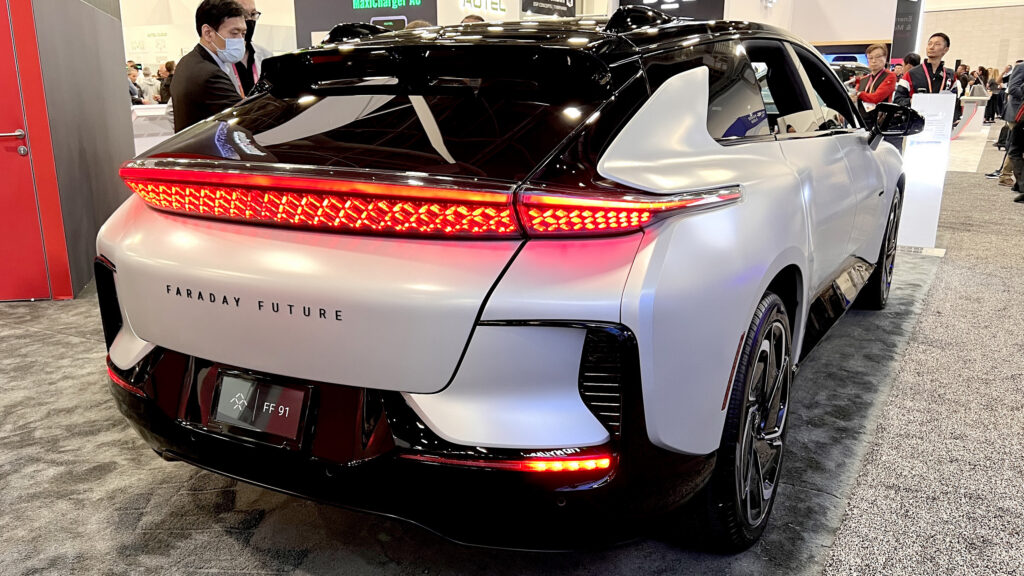
Renault Boreal: A Sneak Peek at the SUV Set to Transform Global Markets
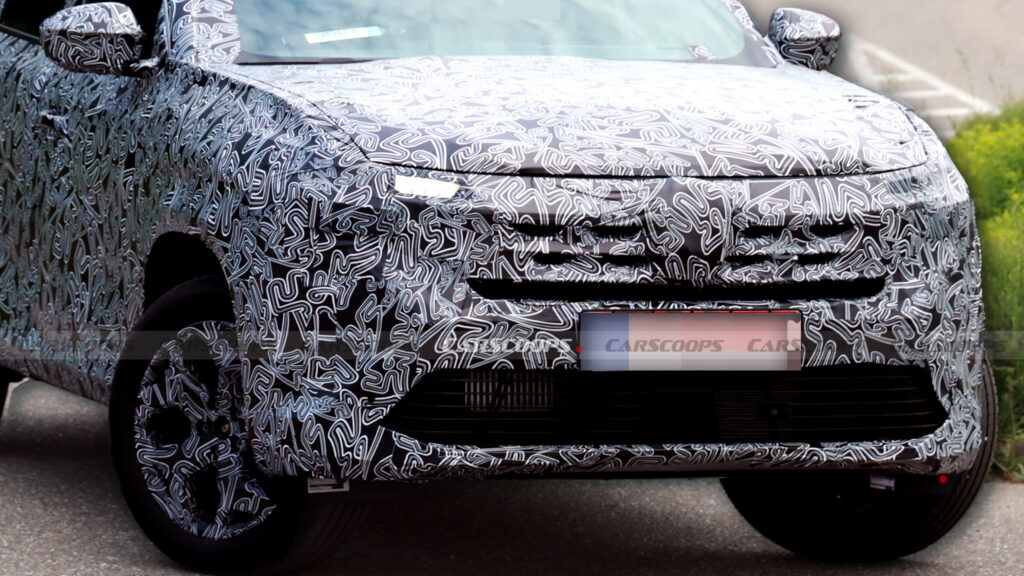
Revamped Skoda Enyaq vRS: Power Meets Style in an Electric SUV
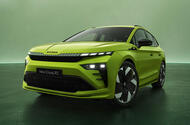 Reworked performance SUV uses the same powertrain as its smaller sibling, the Elroq vRS
Reworked performance SUV uses the same powertrain as its smaller sibling, the Elroq vRS
The updated Skoda Enyaq vRS has been unveiled with a radical new look and faster charging speeds.
The electric SUV retains its dual-motor, four-wheel-drive set-up, putting out a combined 335bhp and 402lb ft. This yields a 0-62mph time of 5.4sec.
More powerful brakes with two-pot calipers are fitted up front in line with the extra performance, and Skoda’s Dynamic Chassis Control (DCC) adjustable suspension is offered as standard.
This lowers the car's front end by 15mm and the rear end by 10mm compared with the regular Enyaq.
The new vRS uses the same 79kWh battery pack as previously, giving a range of 340 miles, but its maximum charging rate has been increased from 175kW to 185kW.
On a suitably fast charger, this gives a 10-80% recharge time of 26min.
Visual tweaks for the new Enyaq vRS include the fitment of a reworked front bumper with a more prominent chin, a choice of 20in or 21in alloy wheels, and the option of Hyper Green paintwork.
Inside, it gets a heated steering wheel trimmed with perforated leather, sports seats with thicker side bracing, and a 13in infotainment touchscreen.
Prices for the Enyaq vRS SUV starts at £51,660, while the Coupé variant kicks off at £53,560.
For reference, the smaller Elroq vRS (with the same powertrain, battery, and a mile less range) is £46,560.
Flight of Discomfort: A Family’s Unforgettable Journey in a Vomit-Covered Seat

Tallahassee’s Speed Cameras: A Revenue Goldmine or Safety Solution?
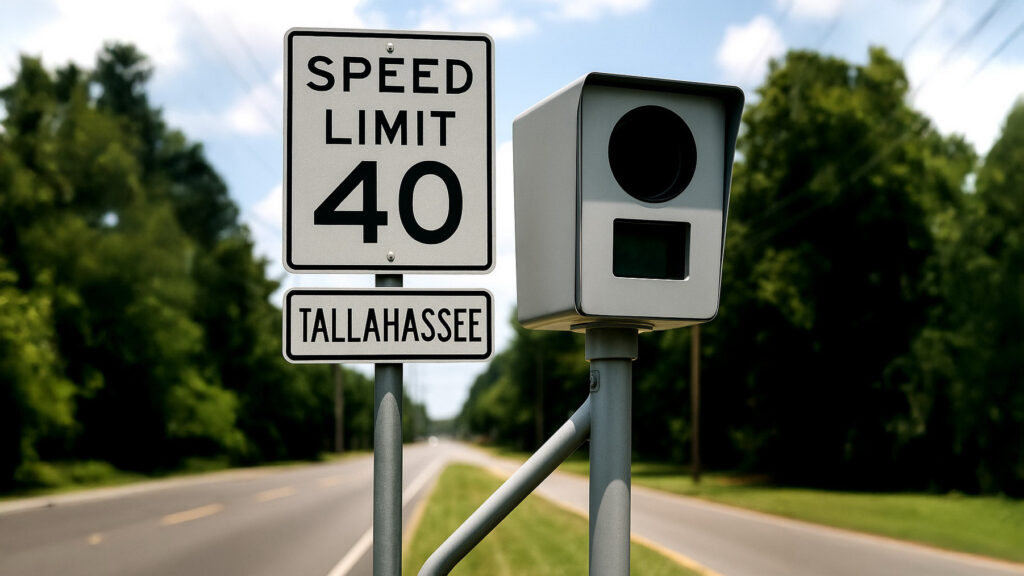
Revamped and Ready: The New Toyota Crossover Blends Power with Eco-Friendly Choices
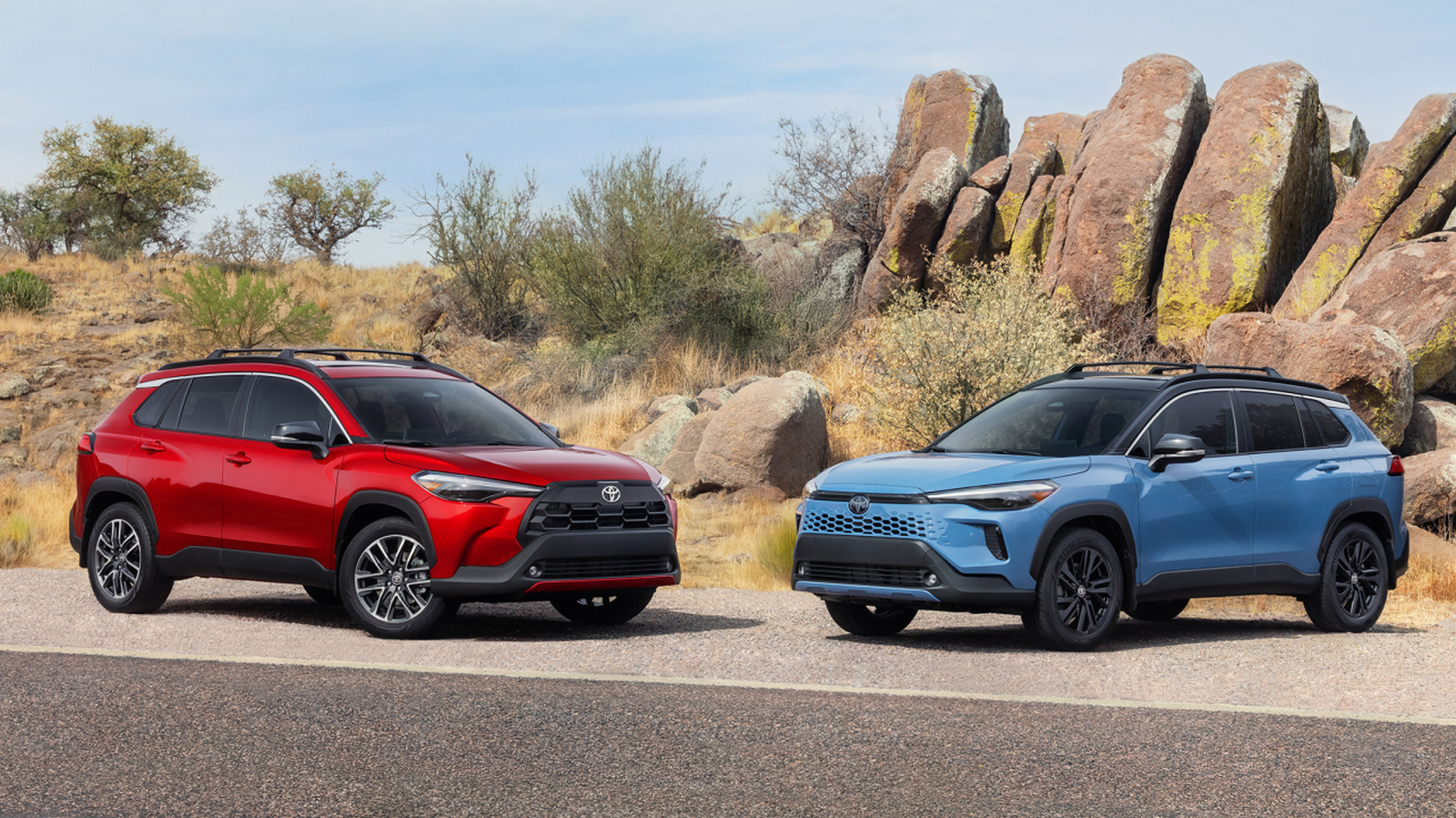
Rare 1979 Mustang Concept Hits the Auction Block: A Collector’s Dream
